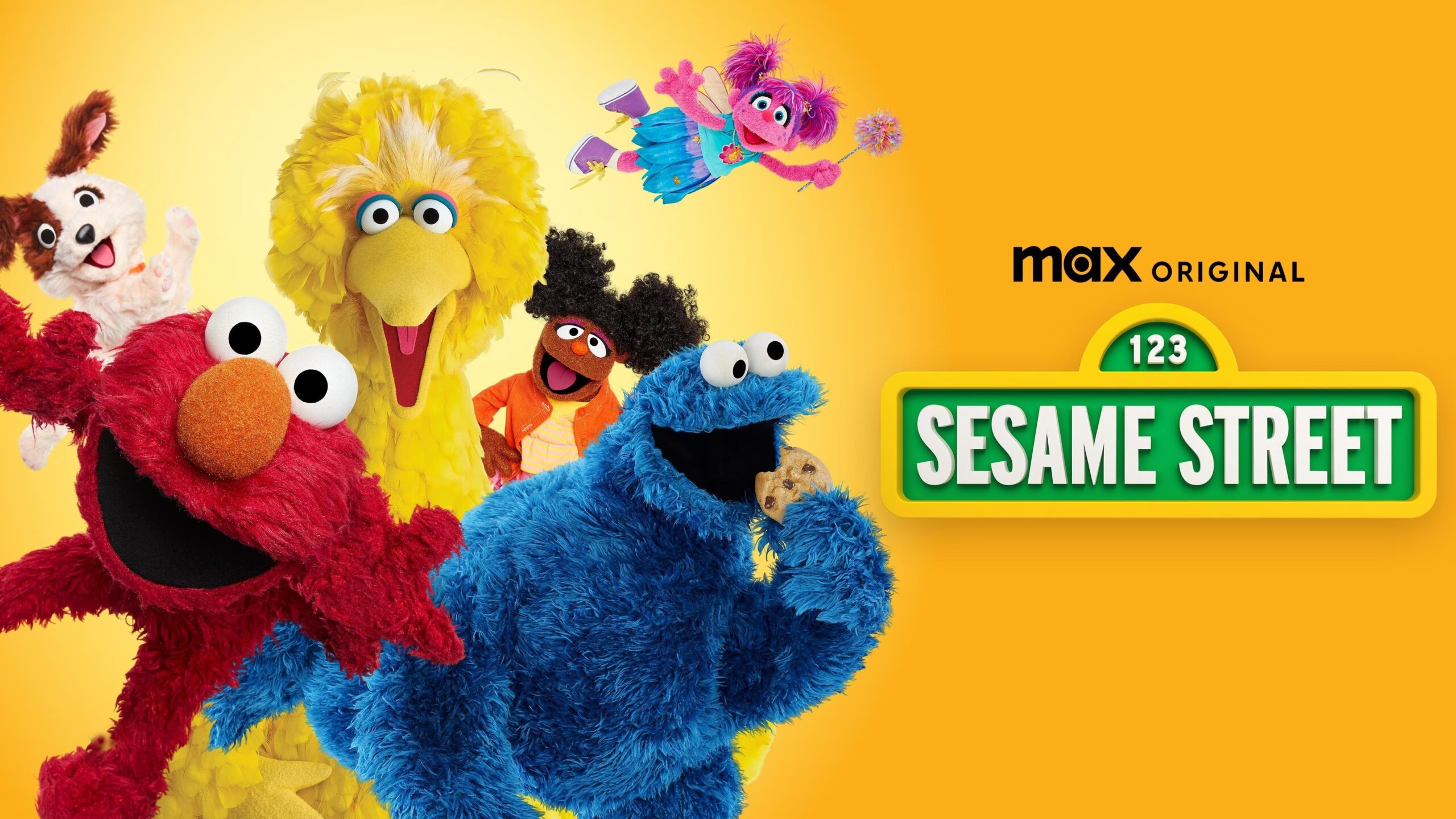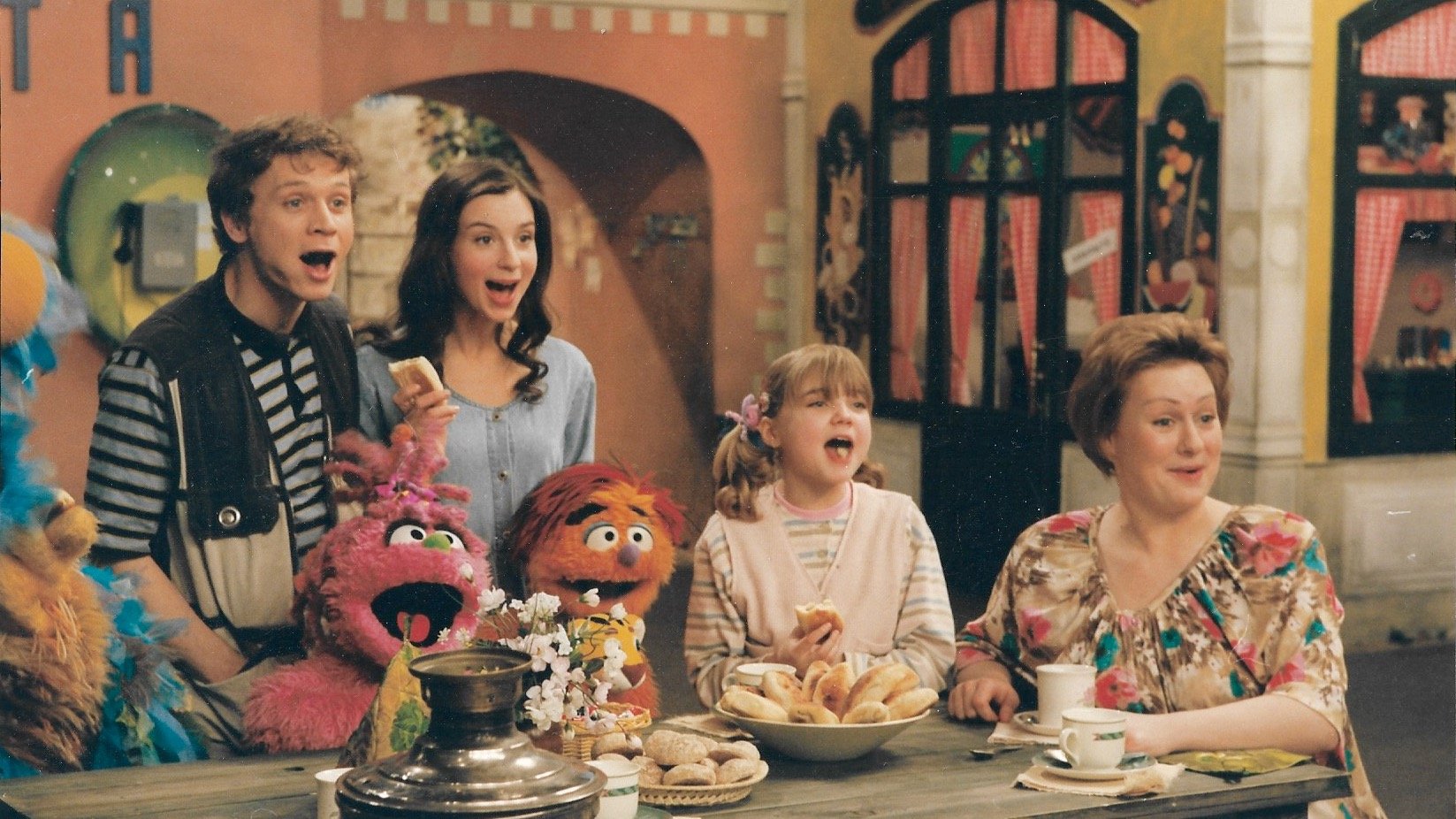Research examining ’70s-era viewers shows Sesame Street boosts early learning

Big Bird seems happy about the study. (Photo: Sesame Workshop)
A study tracing Sesame Street’s effect on children who watched it in the 1970s found a strong educational impact that lasted through their early school years.
Two researchers looked at kids with access to Sesame Street during that time on VHF channels and weaker UHF frequencies. Children with better TV reception were “significantly more likely” to be at the grade level appropriate for their age in 1980, the report said.
“This effect is particularly pronounced for boys and black, non-Hispanic children and those living in economically disadvantaged areas,” wrote Phillip B. Levine, an economist at Wellesley College, and University of Maryland economist Melissa Kearney in their report, published by the independent National Bureau of Economic Research.
The researchers also examined educational attainment in 1990 and labor market outcomes in 2000. However, they were “unable to find evidence of substantive improvements in ultimate educational attainment or labor market outcomes.”
An article in the Washington Post, carried by other news outlets as well, called the paper “the most authoritative study ever done on the impact of Sesame Street” and noted that the benefits from watching the series rivaled those derived from Head Start, the pre-kindergarten program for low-income children.
That’s good news, tweeted several early-childhood education advocates.
New study shows Sesame Street was the original MOOC. Tv show again validated for positive educational outcomes. http://t.co/GgkwSTDDbF
— Dr. Kira Austin (@kiramaustin) June 8, 2015
Love it when the research backs all those years of anecdotal evidence! Long live #SesameStreet! https://t.co/0mGV075Uuq
— Karen Palmer (@KPalmer433) June 8, 2015
Its how I learned to speak english as a kid
Study: Kids can learn as much from ‘Sesame Street’ as from preschool via- http://t.co/KHvK1QL7oy— Solomon Ortiz, Jr. (@solomonortizjr) June 8, 2015
The researchers also said their analysis could help develop distance-learning Massive Open Online Courses (MOOCs). “In essence, Sesame Street was the first MOOC,” they note.
Funding for the study was provided by the Chicago-based Spencer Foundation, which supports work to improve education worldwide. Sesame Workshop and the Spencer Foundation have partnered in the past on projects such as the Growing Up Great Together Under One Big Sky mobile planetarium that introduces children to the night sky while strengthening cross-cultural connections.







There weren’t very many cable TV systems in the 1970’s (where VHF and UHF broadcast channels have equally-good picture and sound and the “UHF disadvantage” was eliminated), so this study is no surprise.
In fact, commercial UHF stations in the pre-cable era competing in cities that had VHF stations also had the same problem.
For instance, if a city had two commercial VHF’s and one commercial UHF in the 1960’s and 1970’s, the commercial “U” was more likely to be both the ABC affiliate (with CBS and NBC on VHF), and have a far, far lower share of viewership compared to the VHF’s.
During that same era, if a city had three commercial VHF stations and one or more commercial UHF station(s), the commercial UHF station(s) was (were) an independent(s) (no network affiliation) station, and usually had only a small share of the market’s TV viewing (although by the late 1970’s, this began to change if the UHF independent was able to get good off-network sitcom reruns and rights to carry local professional baseball, hockey, and basketball teams)